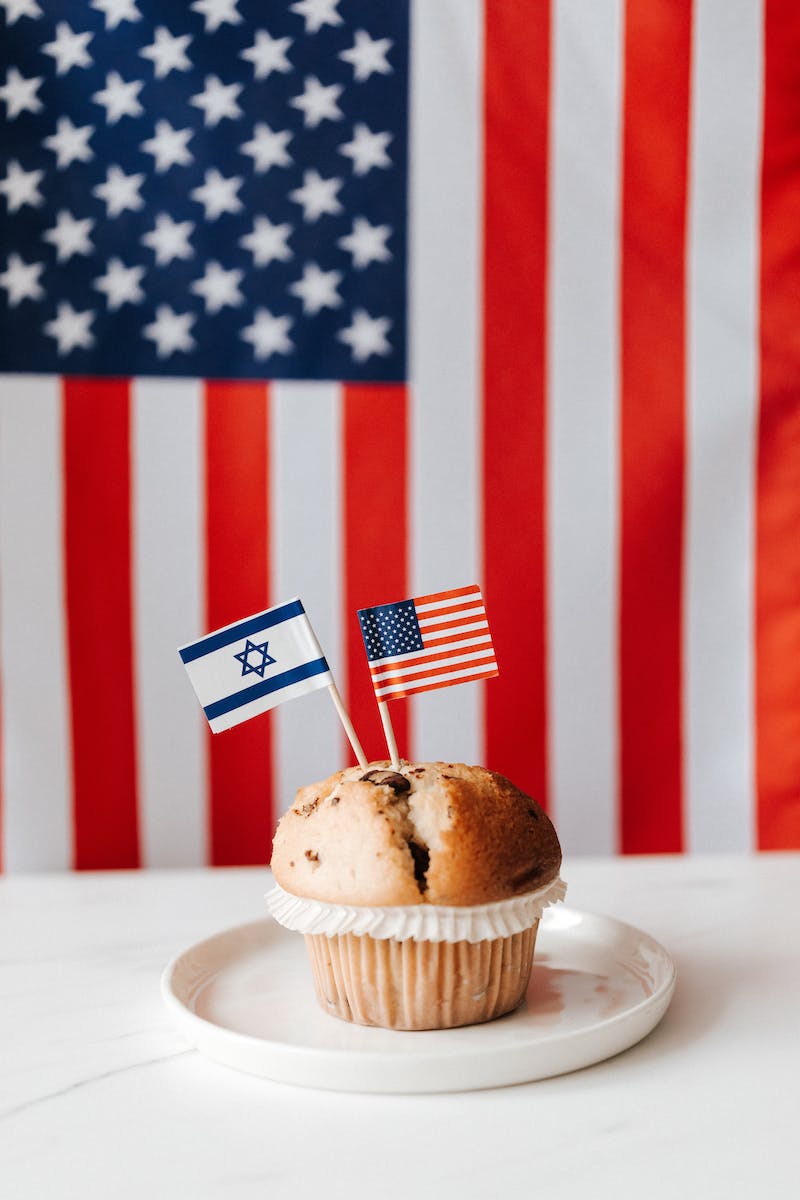Advertisement
Lifestyle
20 Strategies to Streamline Your Moving Process

20 ways to make moving as easy as possible
1. Plan ahead
One crucial element of a seamless move is planning ahead.
Planning allows you to get everything organized, reducing stress and confusion when the moving day arrives. Start by making a checklist of what needs to be done and by when. This list will guide your activities and ensure that everything needed for the move is handled timely.
Moving without a concrete plan can become chaotic, overwhelming and kick in unnecessary tension. A good example is forgetting to transfer utility services in time. Without planning, it could slip your mind which can lead to days without electricity or water at your new place.
- Create a detailed checklist of tasks.
- Classify tasks based on priority.
- Set deadlines for each task.
- Distribute tasks among family members if possible.
- Include transfer of utilities in the plan.
- Pre-schedule services like cleaning or professional movers.
2. Decluttering before packing
Before kicking off the actual packing process, decluttering can prove to be highly beneficial.
This involves sorting out through all your things and getting rid of items that are no longer useful or necessary. Not only does this lessen the amount of stuff you have to move, but it also provides an opportunity to start fresh in your new home without unnecessary clutter.
Suppose you have stacks of old magazines or clothes you haven’t worn for years gathering dust. Why haul them to the new house? Donate, sell, or recycle these items before packing up the rest of your things.
- Sort through every room one by one.
- Decide which items to keep, donate, sell, or throw away.
- Organize a garage sale or use online platforms to sell items.
- Donate unwanted items to charities or local shelters.
- Recycle papers, glassware or plastic items if possible.
- Toss out things that are beyond use or repair.
3. Collect moving supplies early
To prevent last-minute rush, gather all the moving supplies ahead of time.
Boxes, tape, bubble wrap, markers, and packing paper are some of the must-have supplies for a successful move. Also consider specialised packing tools like wardrobe boxes for clothes, dish pack kits for kitchenware etc.
You can save up on moving boxes by asking local stores if they have any to spare. These boxes are sturdy enough to transport your possessions safely.
- Stock up on various sizes of moving boxes.
- Collect plenty of packing tape.
- Get bubble wrap and packing paper for delicate items.
- Buy markers to label boxes.
- Consider speciality boxes for certain items.
- Hunt for free boxes in local stores.
4. Label Your Boxes
Among the smartest moves is labelling the moving boxes.
This simple yet effective method reduces confusion when you’re at your new home figuring out which box goes where. Write a general description of the contents and the room it belongs to.
Think about those kitchen items. If the box labelled “Kitchen-Utensils” ends up in the bedroom, you’ll instantly know something is off even without opening it.
- Label every box right after packing.
- Note down the general category of items stored inside.
- Mention the room where the box should be placed.
- Use color-coded labels for each room if possible.
- Indicate ‘FRAGILE’ on boxes with delicate items.
- Number the boxes for easy tracking.
5. Pack Smart
Smart packing is a mixture of efficiency and practicality.
It doesn’t just involve putting items in a box and taping it up. It requires thought on what to pack together, the appropriate box size, weight management and item protection. Heavy items like books should go in small boxes while light but bulky items can occupy the larger ones.
Suppose for dishes, rather than stacking them normally, try packing them vertically and nest cups and bowls with paper or bubble wrap between each piece. This will offer better protection.
- Use small boxes for heavy items.
- Pack similar items together.
- Wrap fragile items individually.
- Fill empty spaces with packing paper or towels.
- Disassemble furniture if possible and safe.
- Utilise luggage and duffle bags for packing clothes or bedding.
6. Hire professionals
If you can allocate a budget for it, consider hiring professional movers.
While DIY moving is cost-effective, managing everything on your own can be extremely stressful. Professional movers take care of packing, loading, unloading, unpacking and even arranging your things at the new place.
For instance, if you have antique furniture or valuable art pieces, professionals have the expertise to ensure they are transported safely without any damage.
- Research and hire reliable and experienced movers.
- Check their credentials and read reviews from previous clients.
- Ask for quotes from different companies to get the best deal.
- Verify their insurance policies.
- Schedule the move during off-peak times for lower rates.
- Take photographs of your belongings before the move as a safety measure.
Summary Table
| Moving Strategy | Key Point |
| ———————————- | ———————————————————— |
| Plan Ahead | Organize tasks in a checklist and set deadlines. |
| Decluttering Before Packing | Sort, donate, sell, recycle or dispose unnecessary items. |
| Collect Moving Supplies Early | Stock up on all necessary packing materials in advance. |
| Label Your Boxes | Mark each box with its contents and destination room. |
| Pack Smart | Utilise space wisely and pack items based on their category and size. |
| Hire professionals | Appoint trained movers to handle the hard work. |
By following these simple yet effective strategies, you can make the daunting task of moving truly easier. Remember, good preparation is key for a stress-free relocation.












